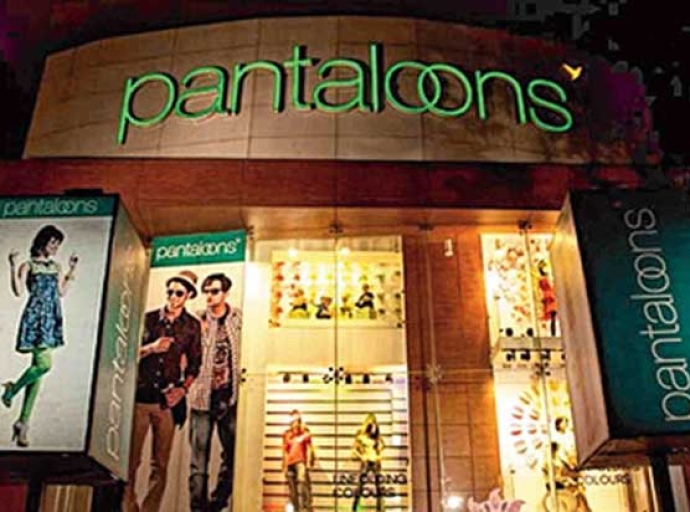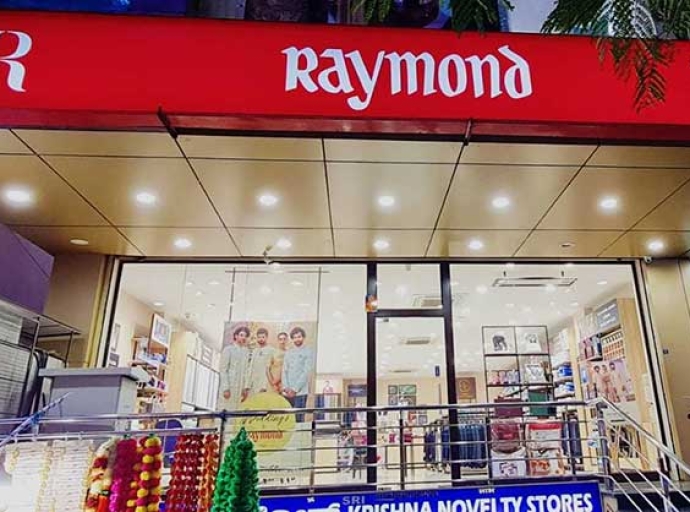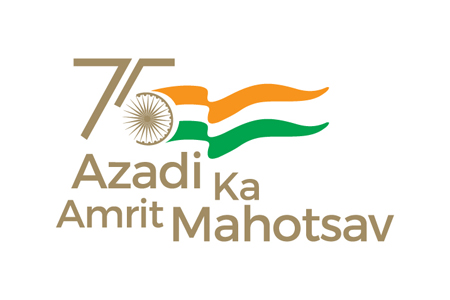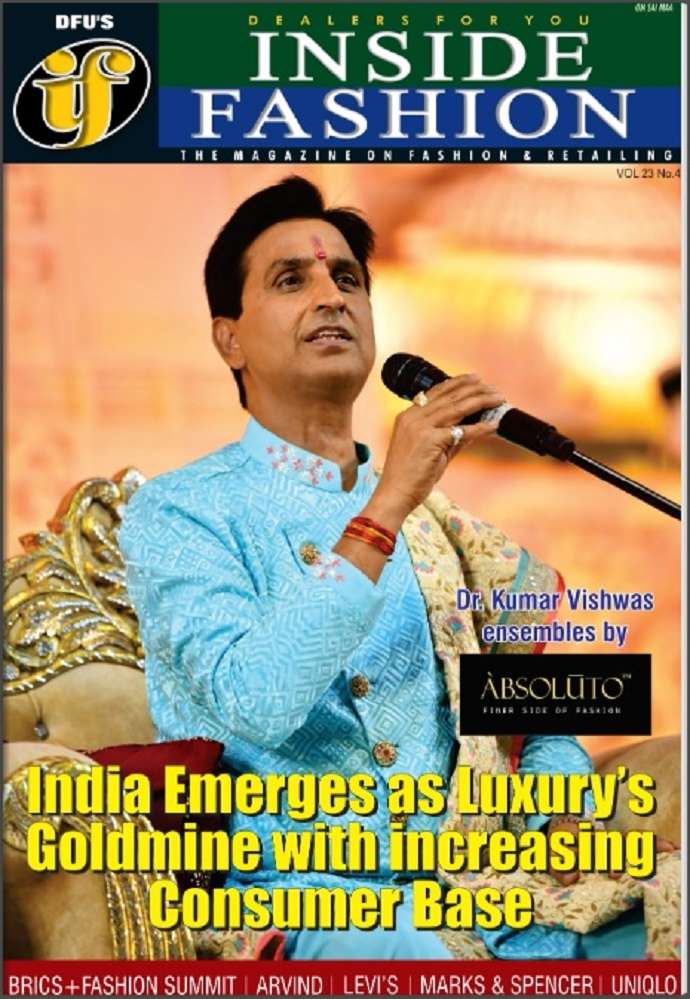British fashion sets sights on India's booming market post-FTA
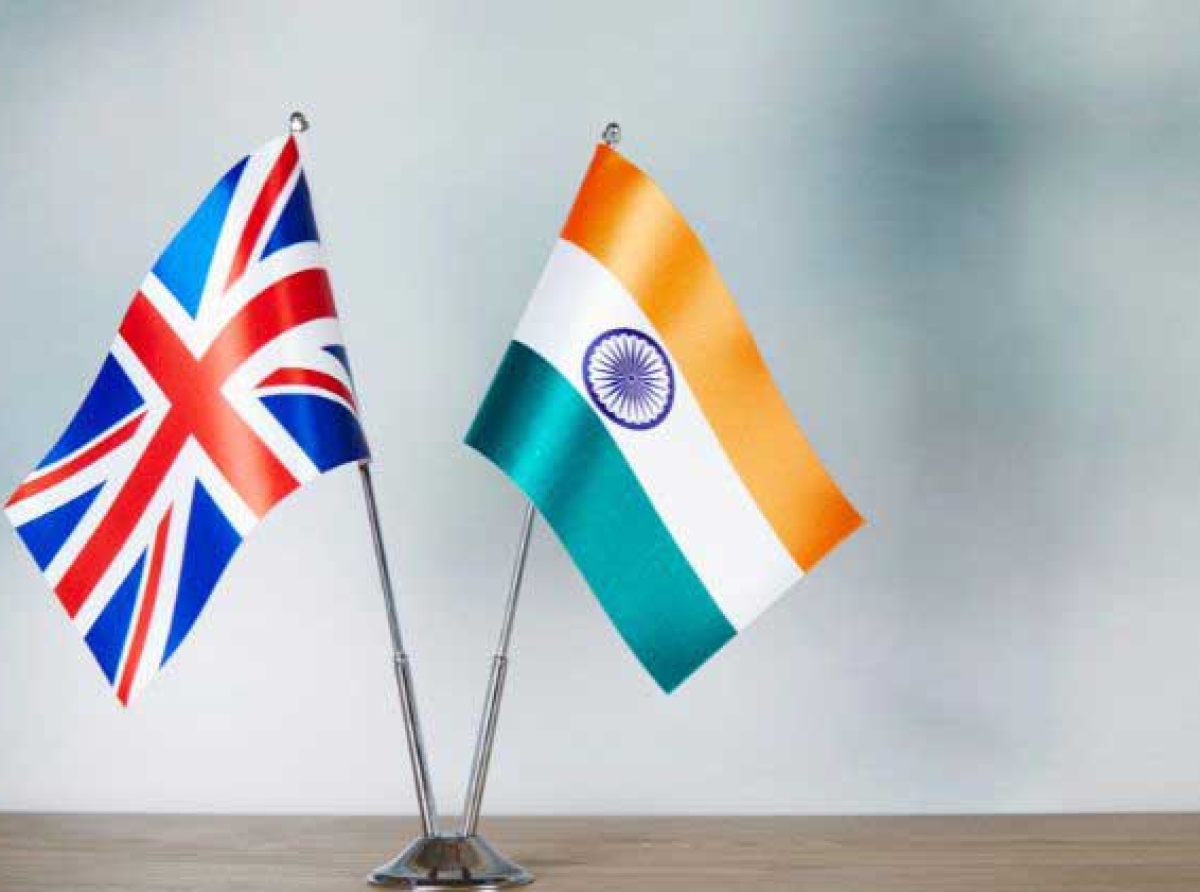
04 August 2025, Mumbai
The just ratified India-UK Free Trade Agreement (FTA) is expected to usher in a new era for British fashion and apparel brands, giving them a competitive edge and numerous opportunities in India's fast growing retail sector.
Read our latest issue
With tariffs on British imports set to fall from an average of 15 per cent to 3 per cent, experts and reports predict a rise in market entry and expansion by UK fashion labels, making their exclusive products more accessible and affordable for Indian consumers.
The agreement, formally signed in London on July 24, 2025, by Prime Minister Narendra Modi and British Prime Minister Keir Starmer, marks a strong moment for bilateral trade. Beyond the headline figures of increased trade to $120 billion by 2030, the specific tariff reductions in the fashion and apparel sector are set to redefine consumption patterns and brand strategies across India.
Lower tariffs, wider access
The most immediate and impactful change brought about by the FTA is the drastic reduction in import duties. For British fashion and apparel, this means a significant cut in landed costs, allowing brands to price their products more competitively. This is particularly crucial in a price-sensitive market like India, where even a slight reduction can significantly boost demand.
"For UK-based brands, the FTA will bring down the cost of entering India and this will allow them to pass on the benefits to consumers," opines Radhika Ghai, founder and CEO of Kindlife, an online marketplace specializing in global beauty brands. This sentiment extends directly to the fashion sector, where reduced duties translate into more attractive price points for everything from high-street fashion to luxury labels.
Existing British retail brands like Burberry, Asos, and Next, which already have a presence in India, are expected to be the biggest beneficiaries.
Rahul Guha, Senior Director at Crisil, points out, "The existing British retail brands will be the biggest beneficiaries of the deal as they already know the India market." These players can now leverage the duty reductions to expand their operations, introduce a wider range of their UK portfolios, and potentially lower prices on popular items, further solidifying their market position.
India a market ripe for expansion
The timing of the FTA couldn't be better, coinciding with the strong growth of the Indian fashion and apparel market. Valued at approximately $110 billion, with the online segment alone at $11 billion in FY23, the industry is projected to reach around $35 billion online by FY28, clocking in 25 per cent CAGR. Overall, the India apparel market is projected to grow from $120.36 billion in 2025 to $171.60 billion by 2034, with a CAGR of 4 per cent. This growth is being led by a growing middle class, increasing disposable incomes, and a growing desire for international brands, especially among young and affluent shoppers.
Reports by A. Kearney and Boston Consulting Group (BCG) highlight the immense potential. A. Kearney projects India's retail industry to grow to over $1.8 trillion by 2030, while BCG's annual flagship report identifies a $2 trillion opportunity in India over the next decade. This expansive market, characterized by its diverse regional preferences – the "Many Indias" as BCG aptly puts it – offers numerous avenues for British brands to cater to a wide spectrum of consumers.
The rise of digital disruptors and the "brand-ification" of the online fashion market are also creating fertile ground. With online fashion growing at 30 per cent per year since 2019, driven by national brands, private labels, and digital-first brands, British labels can leverage e-commerce platforms for faster and broader market penetration. Anand Ramanathan, partner and consumer industry leader at Deloitte South Asia, concurs, "For brands generally, it will become easier to get listed online and ink franchise agreements to enter small towns."
Opportunities beyond metros
The impact of the FTA is not limited to India's metros. With reduced duties and simplified processes, British brands are increasingly looking beyond the big cities to tap into the immense potential of smaller towns and emerging markets. Franchise agreements and partnerships with Indian companies are expected to proliferate, allowing for deeper market penetration and wider distribution networks. Suresh Nair, indirect tax partner, consumer products and retail at EY India, suggests that "Establishing joint venture partnerships with Indian companies may be an option now going forward."
Future outlook
While specific detailed case studies focusing solely on post-FTA expansion are still nascent given the agreement's recent signing, the historical success of brands like Peter England (initially a British brand, now under Aditya Birla Group) in the Indian market provides a blueprint for understanding consumer preferences and market dynamics. Peter England's emphasis on quality, comfort, style, and value, coupled with strong distribution and marketing, has cemented its position as a leading menswear brand in India.
The FTA's benefits are reciprocal. While British fashion brands gain easier access to India, Indian textile and apparel exporters are also set to gain, with 99 per cent of their exports to the UK now enjoying duty-free access. This "win-win" scenario is expected to foster a more dynamic and competitive fashion ecosystem in both nations.
However, challenges remain. British brands entering or expanding in India will need to deal with diverse regional preferences, adapt to local regulations, optimize supply chains, and build strong relationships with Indian partners. Moreover, the UK's stringent quality requirements, including Reach compliance and fire safety standards, and growing emphasis on sustainability and ethical sourcing, will necessitate careful planning and execution for Indian exporters.
Despite these considerations, the India-UK FTA is a landmark opportunity for British fashion and apparel brands. With reduced tariffs, a booming consumer market, and an increasingly sophisticated retail space, the stage is set for British style to capture a significantly bigger slice of the Indian market, offering Indian consumers a wider array of international fashion choices. The coming years will undoubtedly witness a vibrant transformation in the fashion retail sector as these new trade pathways are fully realized.
Latest Publications



